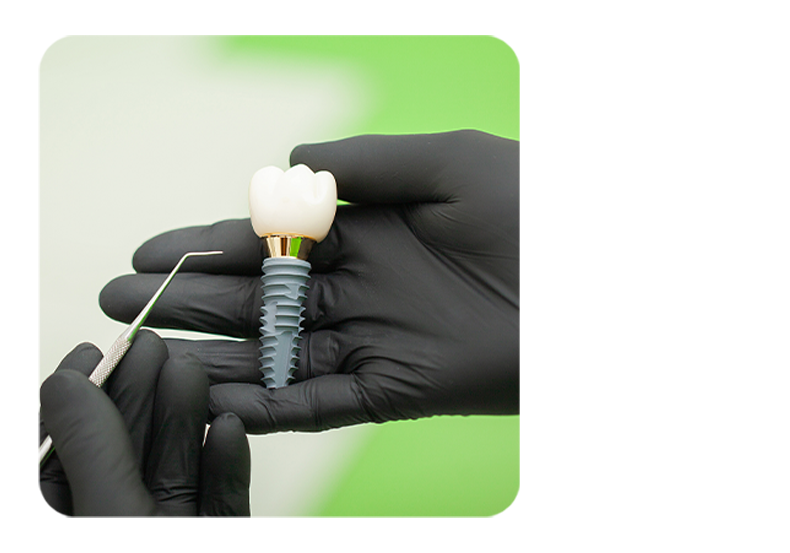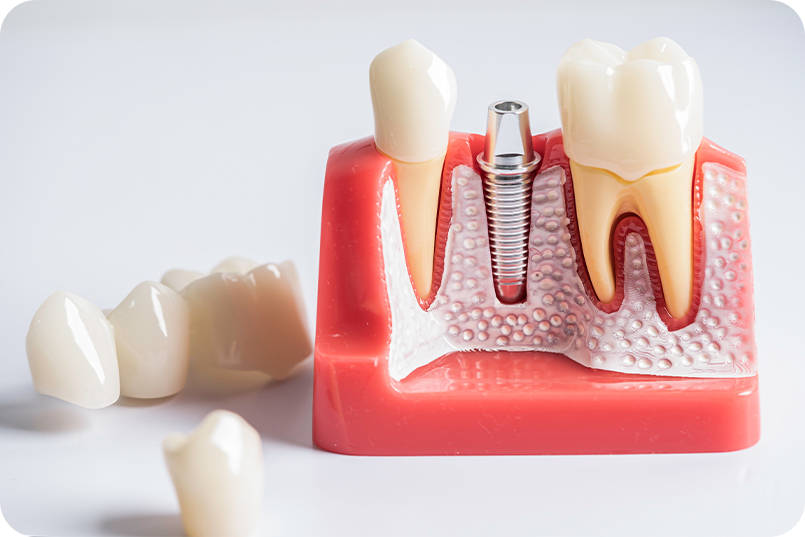Single Tooth Replacement
Single Tooth Replacement
What Is a Single Tooth Implant?
What Is a Single Tooth Implant?


Who Is a Candidate for a Single Tooth Implant?
Who Is a Candidate for a Single Tooth Implant?
How Is a Single Tooth Implant Applied?
How Is a Single Tooth Implant Applied?


Advantages of Single Tooth Implants
Advantages of Single Tooth Implants
Post-Treatment Care Tips - Single Tooth Replacement
Post-Treatment Care Tips


Conclusion: A Permanent Solution for a Beautiful Smile
Conclusion: A Permanent Solution for a Beautiful Smile
Frequently Asked Questions
Porcelain Laminate or Composite Laminate?
Tooth Stains: Causes and Whitening Methods
Daily Oral Care Routine for Healthy Teeth
Teeth Grinding Habit: Its Relation to Stress and Solutions Teeth grinding, or bruxism, is closely linked to stress, anxiety, and tension. Solutions include: • Using a night guard • Stress-reduction practices (yoga, therapy, exercise) • Mindfulness techniques to become aware of daytime clenching Addressing the root causes of stress can significantly reduce grinding episodes.
Gum recession occurs when the gums pull away from the teeth, exposing roots and causing sensitivity. Treatment Options: • Deep cleaning (scaling and root planning) • Gum graft surgery in severe cases • Use of desensitizing toothpaste to manage symptoms Early treatment helps preserve gum health and prevent tooth loss.
